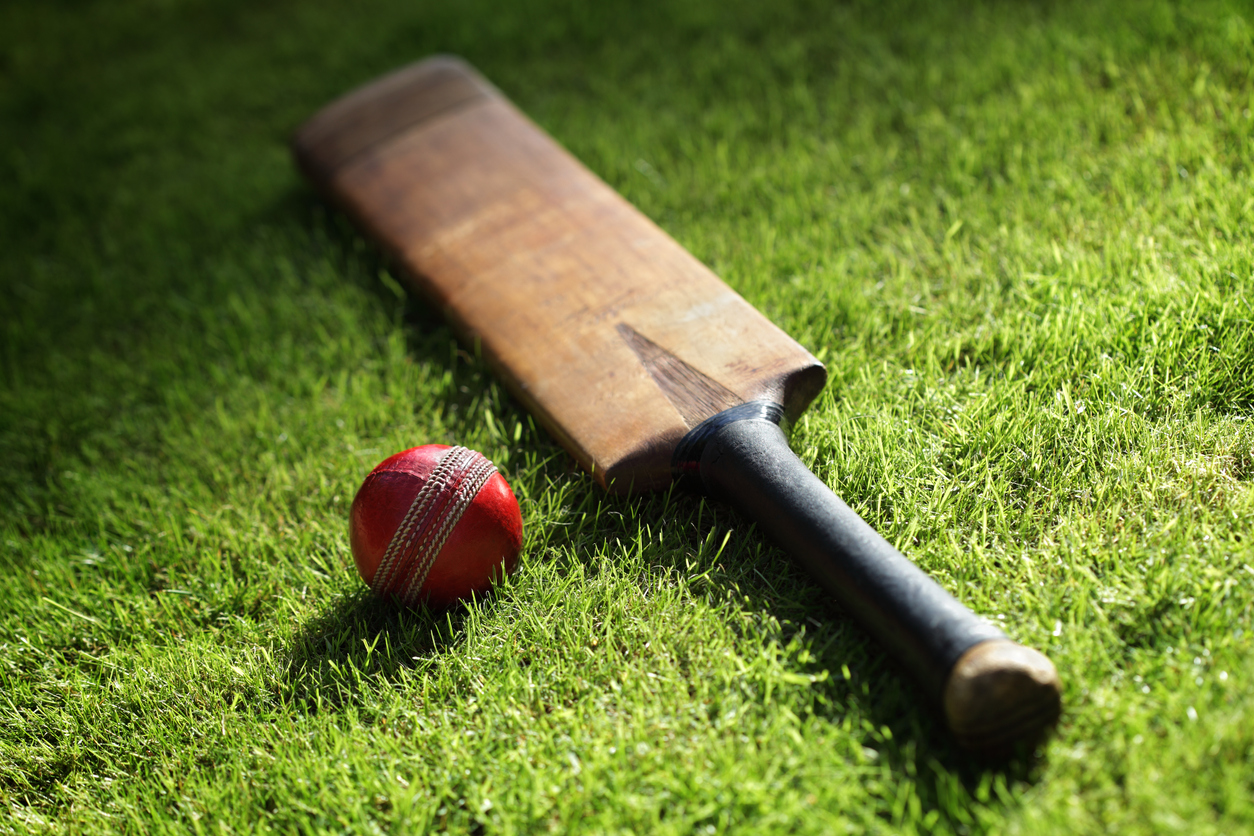Is cricket a safe sport?
The tragic death of Australian cricketer, Phillip Hughes, in November 2014 has led many people to question the safety of cricket.
With The Ashes 2015 cricket tournament set to begin next week, Newitts takes a look at how Hughes' recent death has affected safety standards in cricket moving forward.

Phillip Hughes sustained serious head injuries when he was struck by a short delivery and died two days later having never regained consciousness from the blow experts compared to the trauma experienced by a car crash.
Could Hughes'accident have been provented?
Manufacturers and medical experts have cited Hughes' death as an unusual "freak" occurrence and have said that no cricket helmet on the market at the time could have prevented it. But the incident has been an unavoidable reminder to players that the game can be a dangerous one.
Experts have suggested that advances in cricket helmet technology have been hindered by a lack of enforcement of international safety standards and the fact that elite players prefer to wear the games' traditional aesthetics as opposed to adopting new styles.
Brendan Denning, chief executive of Melbourne-based Albion, said; "The ability of manufacturers to innovate is reliant on players embracing new technology and they are very, very traditional in cricket."
"At the moment, we make incremental changes while trying not to upset the traditionalists," he added.
What has been done so far to improve things?
The International Cricket Council has raised its recommendations for helmet safety standards, but in response to the growth in popularity of the 20-over format of the game, has so far remained focused on protecting the batman's face.
The death of Phillip Hughes changed things and prompted British-based firm, Masuri, (whose cricket helmet was worn by Hughes on the day of his accident), to look into a new helmet aimed at preventing any future death similar to that of Hughes.
The new prototype helmet features extra protection at the rear and introduces a "stemguard" device made of foam and a rubber-like compound that clips onto the back of the helmet.
Masuri Design consultant, Alan Meeks, said; "This arrangement of the foam and honeycomb gives as much protection as a hard helmet.
"Even though it moves around and will touch the player when the ball hits them, it will absorb a significant amount of energy."
Masuri say they have consulted international cricket boards throughout the design process, but its future introduction in matches will depend on players' desire to wear the redesigned helmets.
"The new prototype helmet features extra protection at the rear and introduces a "stemguard" device."
What recent studies have revealed
Just 3 weeks before Hughes' death, the Australian Institute of Health & Welfare released findings of a year-long study on the most dangerous sports in the country, with cricket ranking a low 13th on the list. In fact, there are only eight known cases of death in cricket directly resulting from injuries sustained on the field.
Furthermore, cricket pitches around the world are covered now, meaning there are regulations imposed by governing bodies which limit the number of bouncers that can be bowled in an over.
The worrying fact is that six of the eight known deaths have occurred since 1993, by which time most batsmen and close-in fielders in the sport had already started wearing helmets and other protec¬tive gear.
What is causing the rise in batsmen injuries?
Some believe that the rise in batsmen getting injured is down to players being "lulled into a false sense of security" due to safety equipment.
Pakistan’s former opening bats¬man Rameez Raja, said; "There is no doubt that the technique in our days, and the time when the wickets were not covered, was far superior. We would dare not take our eyes off the ball until it was past our heads.”
How can future tragedies be avoided?
There really are only two ways to prevent another tragedy in the future – technical enhancement of the cricket equipment, or changes in the laws, and with the laws already extremely limited, the responsibility will inevitably lie on the equipment.
The International Cricket Council (ICC) and the British Standards Institution (BCI) agreed new helmet safety guidelines a year ago, the first revision of the code in 15 years. Cricket Australia supports the new guidelines but neither the ICC nor any country regulators have moved to actively enforce the new rules, meaning players can continue to wear older helmets - if any at all.
Tom Milsom, founder and director of another major cricket manufacturer, Ayrtek Ltd, said; "The issue now is having the professional and amateur players invest in the new products.
"What it all comes down to really is enforcement."
Cricket Australia has confirmed it will commission an independent review into Hughes' death and is expected to publish its findings later this year.
Do you think cricket is a dangerous sport? What more do you think should be done to protect players?
